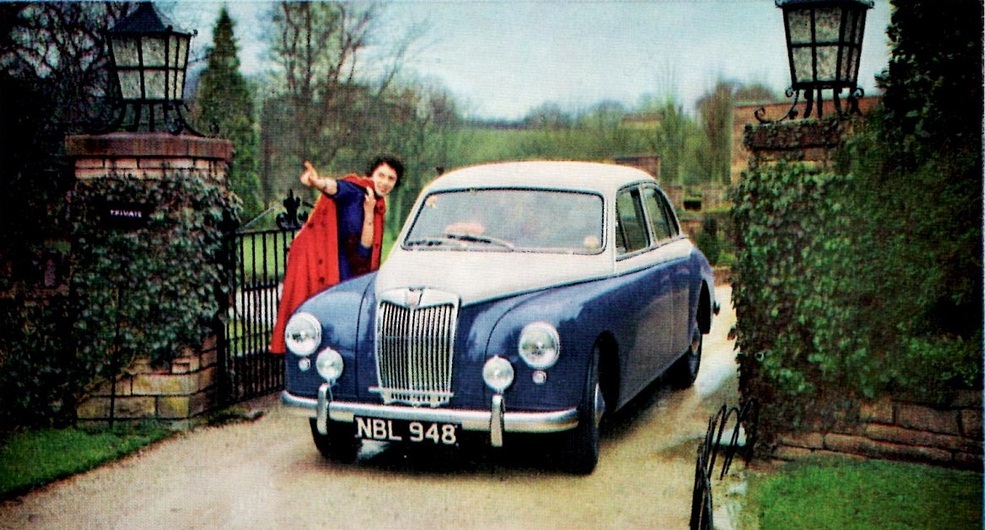
The sexy sports cars understandably get the majority of the MG lime light but the company has a rich heritage of making saloons?(sedan in British car speak) as well. Join on a whirlwind tour of these often forgotten cars.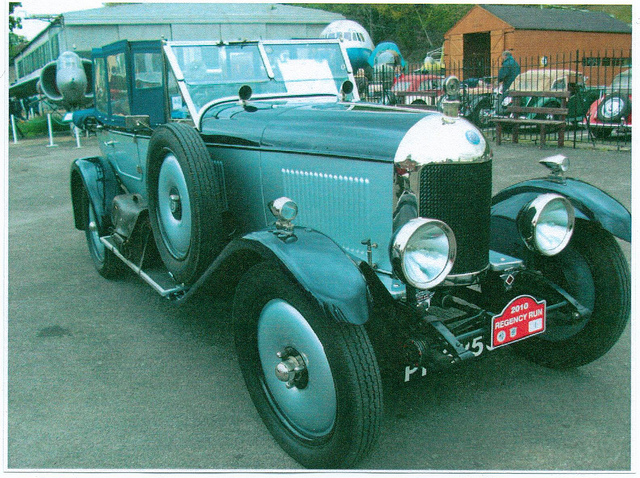
The ?first? MG is a slightly murky subject and I don?t expect to solve it here and now but the general gist of it is this; Cecil Kimber started off with Morris Motors which was at the time a car dealership that sold Morris (no surprise there) as well as various other makes new or used. Like most garages of the time they?d also repaired whatever car you brought in. Kimber starting re-bodying some of the rather staid Morris cars and selling them on for a premium. These were marketed by Morris Garages. There were saloons, sporty numbers as well as a ?chummy? (all seats under the same roof ? ie no rumble seat at the rear). With success growing the M.G. Car Company was officially formed in 1924 but the famous MG octagon badge dates back to the previous year
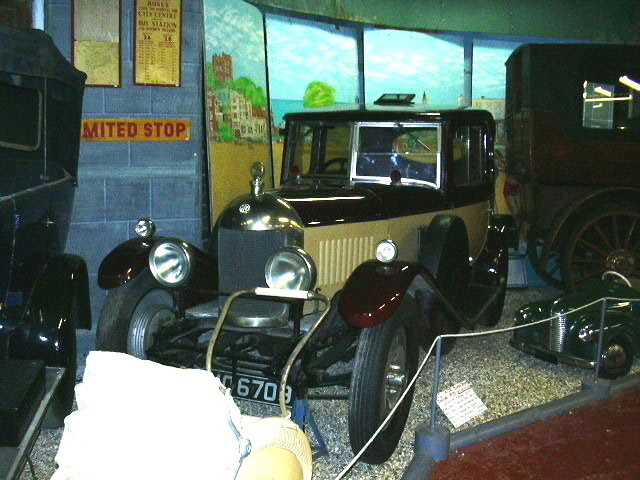
This 1925 MG based off the 11.9hp ?bullnose? Morris would be a typical early MG saloon. There were, of course, more sporting car two seaters as well open four seaters. The chassis was Morris Cowely with some modifications to lower the suspension and often a mildly uprated engine. MGs of this era were also known for being sold in flamboyant colors which was unusual for the day.
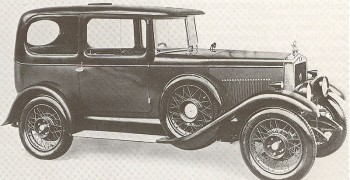
In 1926 Morris dropped the distinctive bullnose radiator grill which meant a re-design of the MG. This meant the MG moved further from its Morris roots with a wider chassis and new flat radiator. All engines were now modified for increased performance but actual on road acceleration was not improved over the older design due to the new, heavier chassis. MG gained its own factory at this time as well.
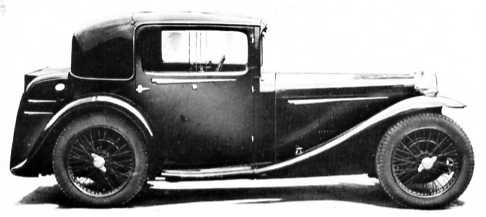
It is very hard to find information or even photos of the early MG saloons as most of the survivors are drop tops sports car or the occasional coupe. The model designations are also a confusing mess of letters, numbers and enthusiast jargon. The 14/40 could also be called flat rad Super Sports. An interesting but perhaps not quite a saloon but still a four seater variant is this Salonette.
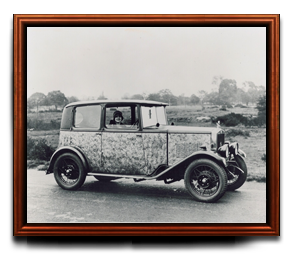
Another interesting variant was the MG Featherweight Fabric Saloon which featured a light weight fabric body that allowed a lot flex with only three mounting points. To ensure the occupants didn?t suffer from motion sickness the seats were attached to the chassis not the body. This seems to be about the only photo of it available online as only 32 were built.
?
Around 1928 the MG octagon started to spread to the grill badge to the dash gauge surrounds to the some bolt heads. Even the gas pedal had a bit of octagon designed in.
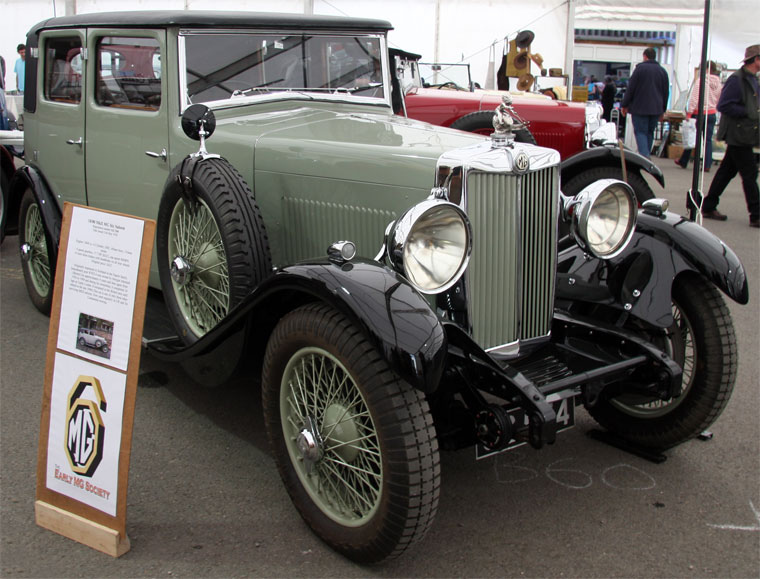
The MG 18/80 with a six cylinder engine appeared in 1928 available in a variety of body styles including the saloon. These cars were rather over shadowed by the sporty M-Type Midget with an overhead camshaft engine. The characteristic grill is now clearly visible.
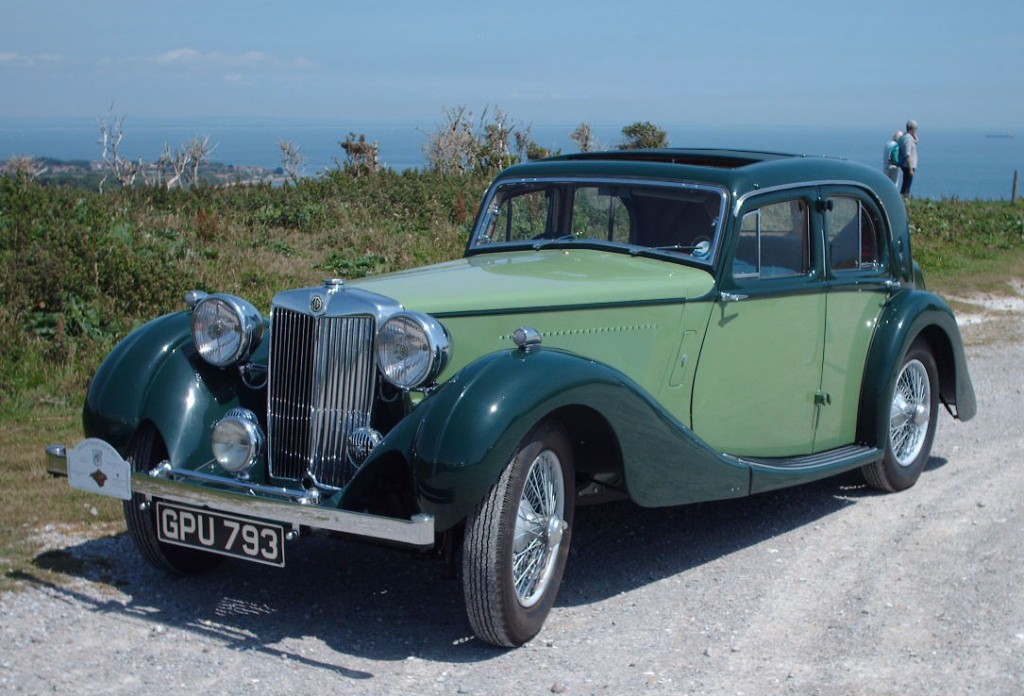
The SA was rather larger than other MGs of the time with a wheelbase of 123? it had attractive and swoopy styling and the now trademark MG grill. Interestingly the overhead cam engine was ousted in favor of a pushrod motor of 2.2L and then 2.3L. It was highly respected grand tourer rather than an overtly sporty car.
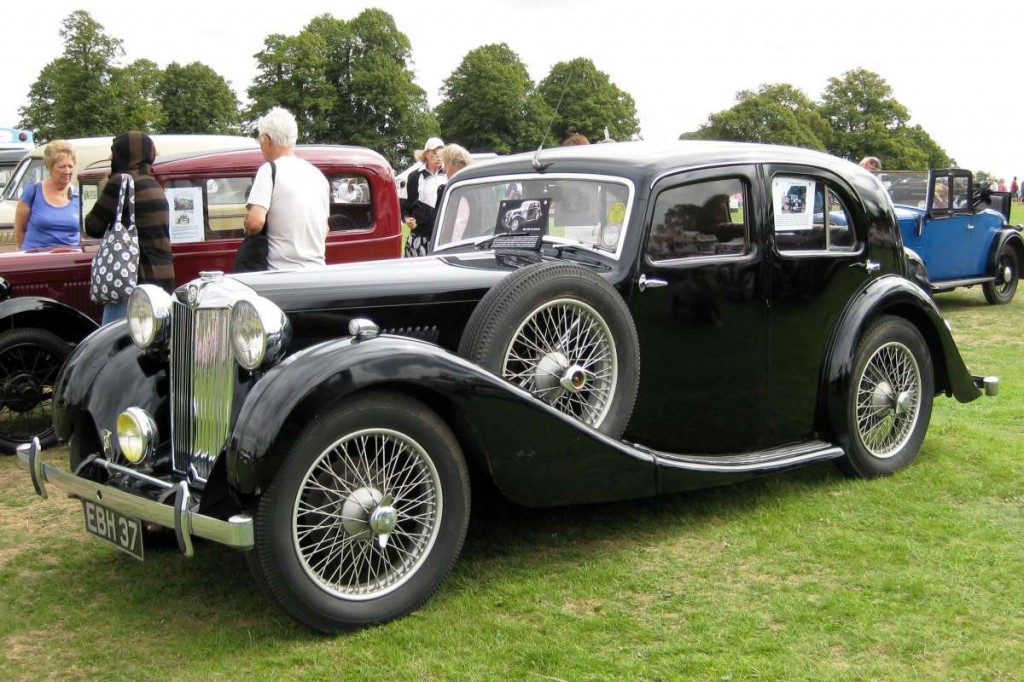
A smaller TA model was introduced followed by the mid-size (for MG) VA model. The VA was a bit on the slow side but was reported to have good road handling and brakes. The SA served as the basis was the even bigger WA which was fitted with a 2.6L engine. While these bigger cars were very luxurious by the standards of the day they were not readily accepted by the MG enthusiasts who felt the only true MGs were the small and sporty ones.
?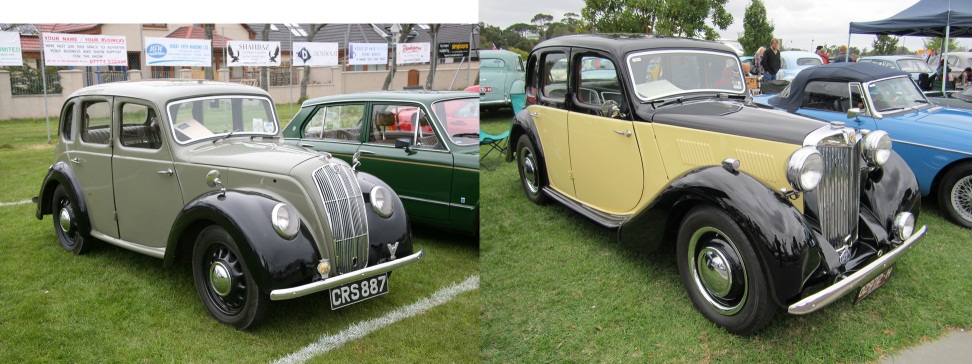
Probably the best known of the early saloons is the Y-Type. As a part of the Y-Type range was the YA? and YB closed body saloons as well as the YT four seat open tourer. The Y-Type was actually designed before World War II but had to wait until 1947 to see series production. Based on the Morris Eight Series E (on left) that MG actually looked more old fashioned than the donor Morris by going with separate headlights and a more upright grill. The power train was at least an upgrade over the Morris with a 1250 cc XPAG four cylinder engine of 46hp (54hp in the Tourer). The Morris made do with a 918?cc sidevalve four cylinder of 29hp.
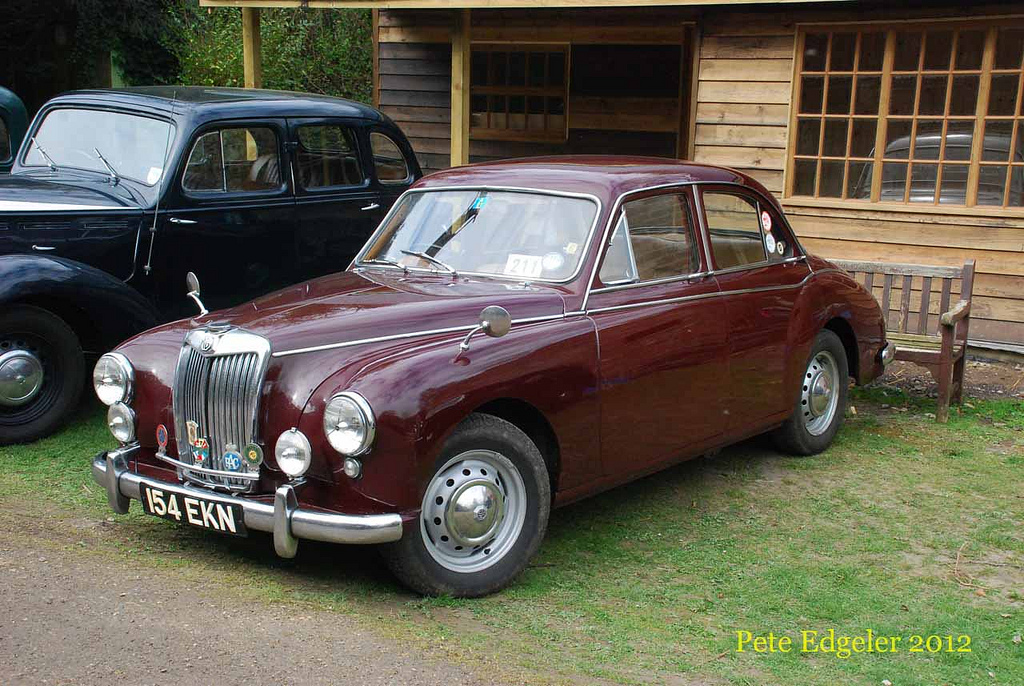
After the Y-Type, the focus was definitely on sports cars. The next saloon was the Magnette, which recycled a much loved name from MG?s earlier days. Predictably there was a little outrage from the purists who thought it was just a slightly massaged Wolseley with a MG grill and an Austin B-series engine! ?Ironically the?Wolseley version, the 4/44, used the 1250cc engine from the MG TF. They were badge engineered siblings but developed as an MG from beginning. Curiously, the Wolseley was released a year earlier. The MG bodywork was 2? lower for a more sporting look and improved handling. Designed by Gerald Palmer, who also designed the lovely Jowett Javelin, the Magnette had a very Italian sort of look combined with some upmarket British saloon charm. The Magnette was MG?s first unibody car and unbeknownst to the MG faithful at the time that Austin engine, the B-series lump, would be an important part of MG?s future powering the iconic A and B roadsters. The Magnette wasn?t a fast car ever by standards of the day, but again offered very good road holding and stylish looks.
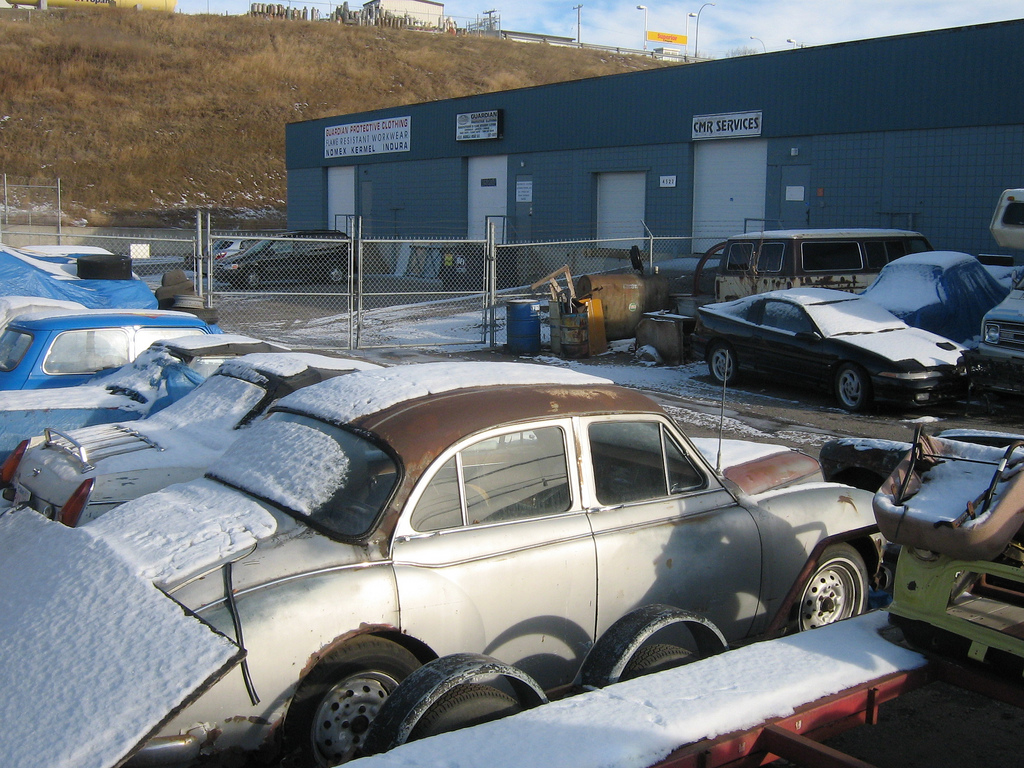
The Magnette ZB offered a mild refresh with the engine getting modest boost in power to 64hp and a semi-automatic transmission was now optional. ?The new transmission was called Manumatic and is a bit similar to the VW Autostick in that it is a manual with an automated clutch. It was costly and a bit overly complex so did not sell in great quantities. The quality was so poor that dealers sold a kit to convert Manumatic cars back to a standard transmission. The Magnette was even sold in North America although in smallish numbers. A? Varitone model was even offered that was quite American with two tone paint and a larger rear window. I?ve managed to see a few over the years but most are mint ones at car shows or rough ones in shortage lots. Back in the UK the Magnette was the bestselling MG saloon to date.
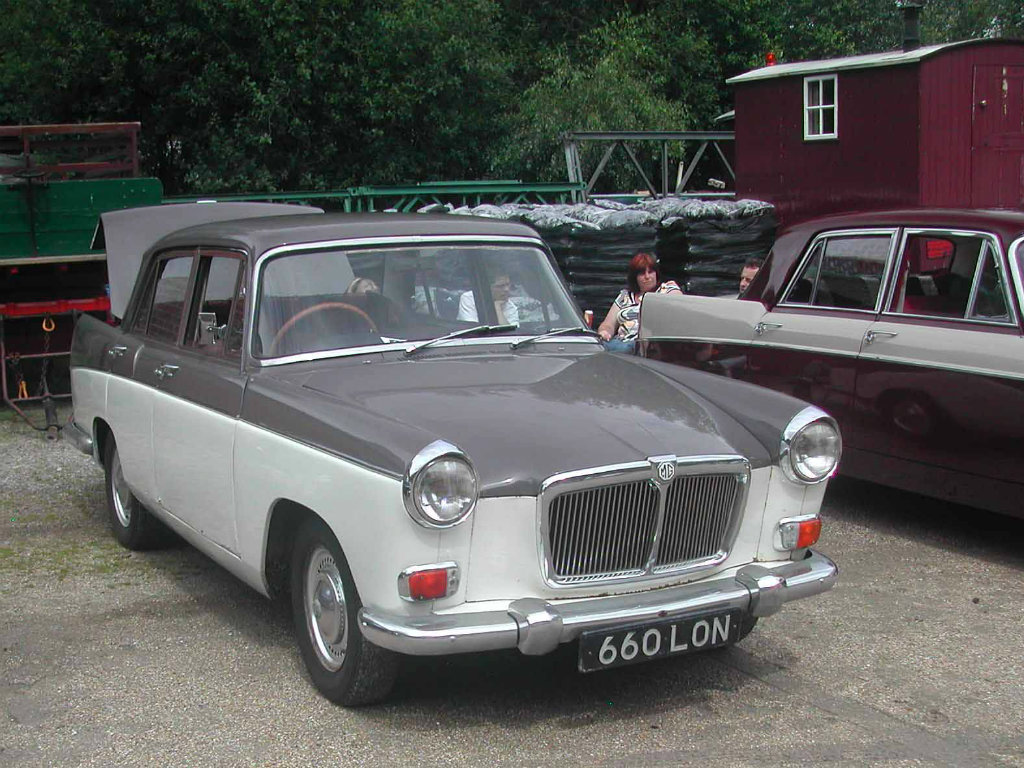
The MKIII version of the Magnette appeared in 1959 along with a Riley 4/Sixty Eight as the top of the new BMC Farina range. Also sharing the body shell and mechanicals were the Austin A55 Mark 2, Morris Oxford, and Wolseley 15/60. They all used the 1489cc B-series engine, but the MG and Riley was equipped with twin SU carburetors for better performance. It was a thoroughly conventional car with coil springs at the front and leaf springs holding up a live axle at the rear. The styling inside and out was pleasant and featured tail fins at the rear. The?Peugeot 404 wore very similar styling. This new Magnette wasn?t even assembled in MG?s factory at Abingdon and many considered it to be a bit too dull for a real MG. The MkIV was much the same but now with a 1622cc engine and handling was improved a bit with a wider track and anti-roll bars. The car was discontinued for 1969 and this news was likely met with very few tears. Not a terrible car as such but a rather unremarkable one.
For the next part we will see MG swap the drive wheels from rear to front.
bear grylls us news law school rankings gael glen rice jr bars lindzi cox redskins
No comments:
Post a Comment
Note: Only a member of this blog may post a comment.